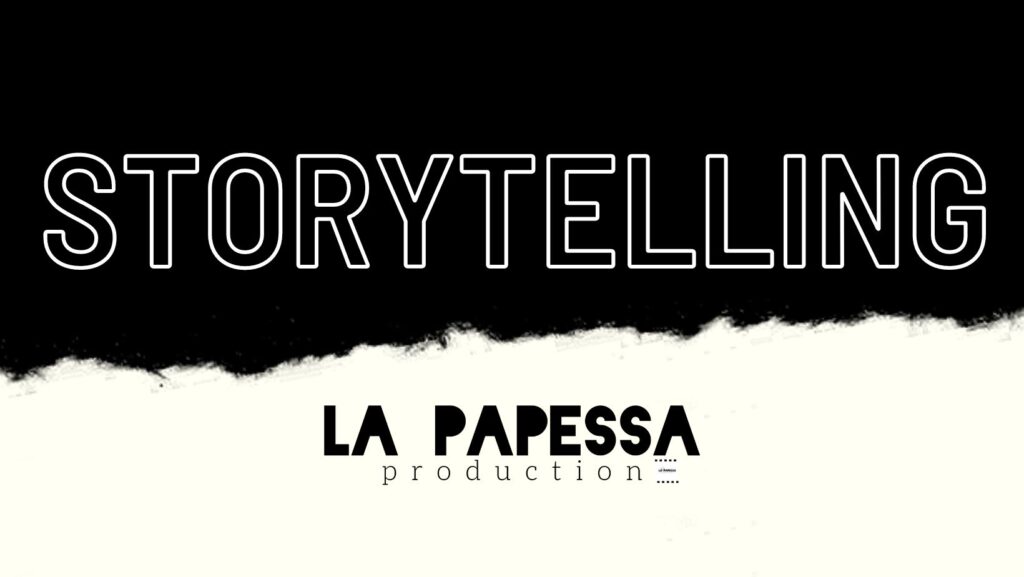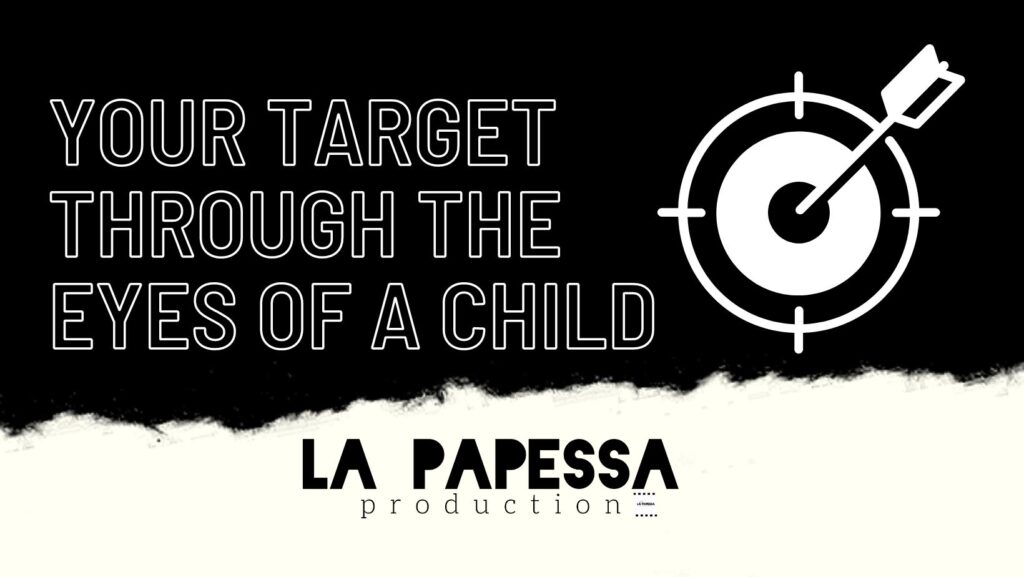In the vast landscape of video games, Red Dead Redemption II stands out for its ability to make us feel truly part of a bygone era. Rockstar Games, with its sensitive balance between narrative and gameplay, leverages the so-called “immersive bias” to guide players on a deep emotional journey, punctuated by every gallop, every camp, and every moral choice.
Immersive Bias and Narrative Enmeshment
Immersive bias is that force that pushes us to identify our sense of self with the digital protagonist. In RDR2, Arthur Morgan is more than just an on-screen character: his inner struggles, his code of honor, and his relationships with the gang draw us in until our hearts beat with his. This fusion of identities, known as narrative enmeshment, arises both from gameplay mechanics and the honor system, which rewards or punishes every action according to a shared moral standard.1
Setting and Responsibility: An Interactive Learning by Doing
The frontier life is not merely aesthetic backdrop: hunting, fishing, gathering medicinal plants, and caring for your horse all feed into an environmental narrative that fosters empathy toward the game world. Each seemingly mundane activity strengthens the emotional bond with the territory and pushes players to reflect on ethical behavior, creating a hands-on, emotional learning experience.2
Catharsis According to Donini: An Opportunity to Purge and Process Lived Passions
Rethinking Aristotelian catharsis, Pierluigi Donini interprets it as a two-phase process: first the initial purification of the passions through emotional experience, then rational understanding. In RDR2, this catharsis becomes an opportunity to purge and process lived passions: the player is guided through pity and fear until reaching a conscious reflection on their own feelings, not merely in an emotional outburst but in a moment of inner elaboration.3
Film Techniques and Narrative Rhythm
Calibrated editing, cinematic framing, and dynamic camera work make every scene memorable. Rockstar’s virtual direction emphasizes moments of tension and pause, creating a fluid narrative flow in which we are free to act, yet never truly detached from the staging.4
The Disturbance of Change and Nostalgia for the West
At the heart of RDR2 lies a world on the brink of modernity, and the detachment from the past weighs heavily on both Arthur and on us. This journey of psychological resistance to change, a typical human reaction to the unknown, strengthens the bond between player and character: both feel the pain of an era’s end and the anxiety for a future that seems already written.
Conclusion
Red Dead Redemption II is not just a video game: it is an emotional experience that blends narrative, interaction, and reflection. Thanks to a meticulously crafted immersive bias, a skillful use of catharsis as an opportunity to purge and process lived passions, and a strong nostalgic charge, Rockstar delivers a living story that speaks to us about the West and, at the same time, about our deepest nature.
Sources
- Fourie, R. (2023). Narrative Enmeshment in Red Dead Redemption 2. Communicatio.
- Lips, D. (2024). The Responsibilities in Red Dead Redemption 2. University of Utrecht Thesis.
- Donini, P. (2018). Ipotesi sulla catarsi nella Poetica e nella Politica di Aristotele. Mèthexis, 30(1):113–127.
- No Film School. (2023). Red Dead Redemption 2 and the Power of Cinematic Storytelling. NoFilmSchool.com.


